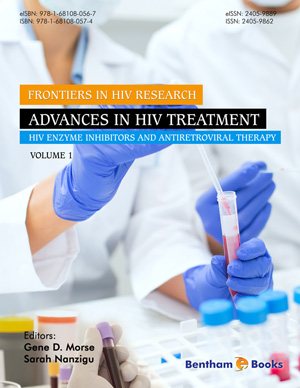Abstract
With the increase in the prevalence of chronic microbial infections and disorders associated with it, the incidence of antibiotic resistance among microorganisms has continued to rise. Due to this, resistance against conventional antibiotic therapy is also increasing, which has become a public health concern. It is necessary to make clinical trials better, improve the idea of research plans, and take into account the cutting-edge drug safety approaches for the development of antiinfective drugs. In this regard, biofilm development and quorum sensing associated virulence approach appears insufficient for the use of traditional antibiotics. The exploitation of different synthetic and natural compounds for their efficacy in combating microbial infections associated with QS has been done, but the compatibility and availability of these compounds limit their applications. Therefore, for the diagnosis and treatment of infectious diseases, particularly resistant to antibiotics, nanotechnological interventions offer various biomedical applications. Nanomaterials exhibit intrinsic anti-infective properties towards the MDR phenomenon and also can be used as carriers for targeted and site-specific delivery of potential drugs.
Keywords: Anti-biofilm activity, Bacteriophage, Innate modulators, Microbial peptide, Microbial biofilms, Nanotechnology systems.






















